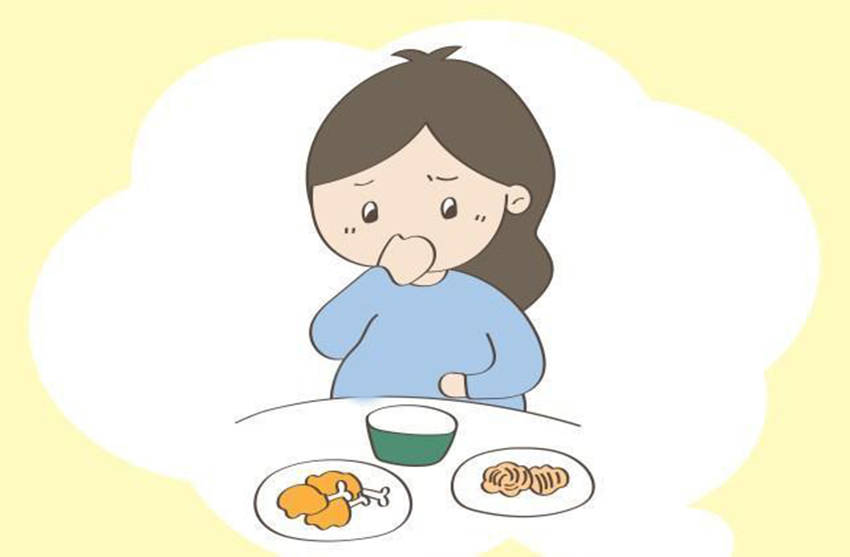On the path to obstructing normal pregnancy, one common condition is polycystic ovary syndrome (PCOS). It is characterized by hyperandrogenemia, ovulatory dysfunction, and polycystic changes in the ovaries, with an incidence rate as high as 5% to 10%. If you are troubled by symptoms such as irregular menstruation, hirsutism, and frequent acne, it could be this endocrine disorder causing the issue.
Although women with PCOS can increase their chances of pregnancy through in vitro fertilization (IVF), they should not blindly stimulate ovulation, as it could worsen the condition and lead to the retrieval of unhealthy embryos. Polycystic ovary syndrome is a common gynecological disease and a complex disorder that usually manifests during a female’s teenage years, presenting symptoms like irregular menstruation. However, since many adolescent girls experience irregular periods after menarche, those with this condition might mistakenly believe their menstrual irregularities are a normal phenomenon of puberty, thus neglecting the diagnosis and treatment of PCOS.
As a result, it often does not attract much attention in the early stages, and many young girls diagnosed with the disease, due to their insufficient understanding of it, even think that the absence of menstruation is convenient and avoid treatment. Some may also feel indifferent about whether to treat it, allowing the condition to progress. It is only upon marriage and the desire to conceive that they discover difficulties in getting pregnant, but due to a long history of the condition and rapid progression, the prime opportunity for effective treatment has been missed. Many individuals experience various complications to different extents, making treatment more complicated.
Treating polycystic ovary syndrome requires correcting endocrine disorders and insulin resistance (the latter easily leads to metabolic abnormalities like diabetes) under the guidance of a doctor, lowering androgen levels in the body, and improving insulin sensitivity. Additionally, it often requires enhancing exercise, maintaining a healthy diet, controlling weight, and frequently using oral contraceptives and insulin sensitizers (such as metformin) to reduce the occurrence of long-term complications.
Women with polycystic ovary syndrome often find it difficult to conceive after marriage. They may hope to achieve pregnancy quickly through medication and ovulation induction for IVF. In fact, it is entirely feasible to have IVF for this condition, and healthy embryos can be cultivated through stimulation, but during the later embryo transfer process, the embryos may be exposed to an environment with excessive androgen levels in the uterus, affecting their development. If IVF is performed without controlling the high hormone levels caused by PCOS, the risks of miscarriage and fetal deformities after transfer will also increase.
Moreover, women with polycystic ovary syndrome face higher risks during pregnancy; the incidence of gestational diabetes reaches 40%-50%, and that of pregnancy-induced hypertension is 5%. Similarly, the rates of neonatal complications and stillbirths are also higher than those of normal women. Therefore, the safest method for PCOS patients wishing to undergo IVF is to first regulate their hormone levels back to normal before starting ovulation induction for IVF and embryo transfer.
Patients with polycystic ovary syndrome must first undergo comprehensive treatment; the earlier the treatment, the better. They should not place all their hopes for fertility solely on assisted reproductive technologies. While IVF can increase the fertility chances for PCOS patients, it is essential that the body’s indicators are normal for them to conceive and give birth to healthy babies.


